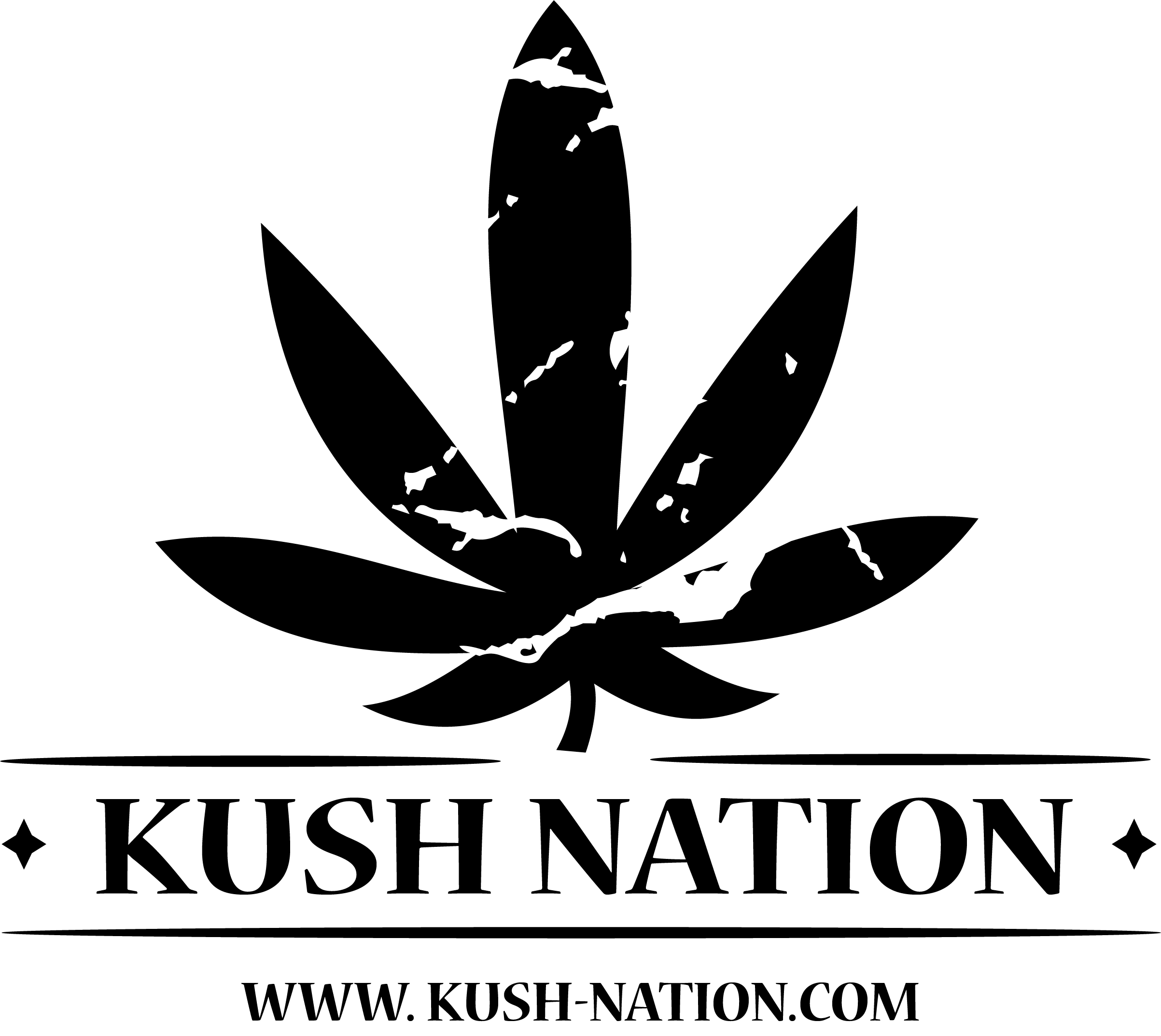The world of cannabis is a fascinating, complex realm with a rich tapestry of terminology that can sometimes seem confusing to newcomers and enthusiasts alike. From slang to scientific nomenclature, this article will be your guide on a journey through the diverse language of cannabis.
1. Cannabis: Let’s start with the basics. “Cannabis” is the scientific name for the plant, encompassing various species and strains. It has been used for thousands of years for medicinal, industrial, and recreational purposes.
2. Kush: The term “Kush” refers to a family of cannabis strains that originated in the Hindu Kush mountain range. These strains are known for their robust, resinous buds and distinct earthy, floral aroma.
3. Weed: “Weed” is perhaps the most commonly used slang term for cannabis. It’s a catch-all phrase that has been around for decades and likely originated from the plant’s ability to grow easily, almost like a weed, in various climates.
4. CBD (Cannabidiol): CBD is a non-psychoactive compound found in cannabis. Unlike THC, it doesn’t produce a “high” but is celebrated for its potential health benefits, including anxiety relief, pain management, and more.
5. THC (Tetrahydrocannabinol): THC is the psychoactive compound in cannabis responsible for the euphoric “high” that users experience. It’s found in varying concentrations across different strains.
6. Hybrid: Hybrids are cannabis strains bred by crossing indica and sativa plants. They aim to capture the desirable qualities of both types, resulting in a wide spectrum of effects and flavors.
7. Edibles: Cannabis-infused food and beverages fall under this category. From gummies to brownies, edibles provide a discreet and delicious way to consume cannabis.
8. Strain: Cannabis strains are like grape varieties in winemaking. Each strain has unique characteristics, including flavor, aroma, and effects. Popular strains include OG Kush, Blue Dream, and Sour Diesel.
9. Terpenes: Terpenes are aromatic compounds found in cannabis and other plants. They not only contribute to the plant’s fragrance but also influence the overall experience and effects when consumed.
10. Concentrates: Concentrates are highly potent cannabis products made by extracting cannabinoids like THC and CBD. Examples include shatter, wax, and oils.
11. Dispensary: A dispensary is a licensed store where consumers can purchase cannabis products legally. Dispensaries offer a range of strains, edibles, and other cannabis-related items.
12. 420: “420” is a code-term that has become synonymous with cannabis culture. It’s often associated with the act of smoking or consuming cannabis, and April 20th (4/20) is celebrated as a day of cannabis awareness.
13. Medical Marijuana: Some countries and states have legalized the use of cannabis for medical purposes. Medical marijuana is prescribed to treat various conditions, including chronic pain, epilepsy, and nausea.
14. Recreational Marijuana: In places where it’s legal, recreational marijuana is used for enjoyment rather than medical reasons. Users consume it to relax, have fun, or enhance experiences.
As the legal landscape and public perception of cannabis continue to evolve, so does the terminology. Understanding these terms is essential for anyone exploring the world of cannabis, whether for medicinal, recreational, or educational purposes. So, whether you call it cannabis, kush, weed, or CBD, remember that this plant has a lot to offer and a language all its own.


